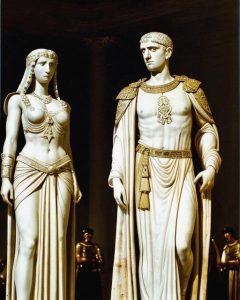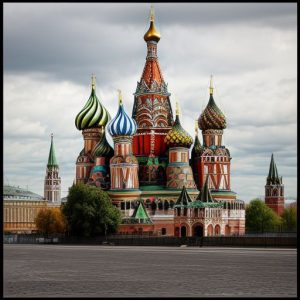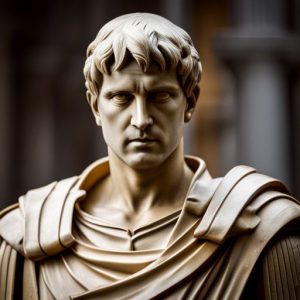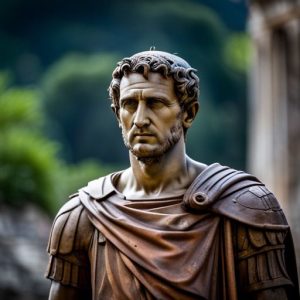Step into the intriguing world of deepfake technology, an Artificial Intelligence (AI) marvel that has garnered infamy for its role in producing lifelike adult content by seamlessly melding the faces of celebrities or unsuspecting individuals onto existing explicit videos. This in-depth exploration takes us on a captivating journey through the technical complexities of deepfakes, the ethical dilemmas surrounding their usage, and the far-reaching implications for privacy and consent within the realm of adult content creation.
Powered by cutting-edge machine learning algorithms, deepfake technology has revolutionized the realm of synthetic media, sparking concerns about privacy, consent, and the ethical boundaries of AI. Of particular interest is its application within the adult content industry, a domain that demands a comprehensive examination of its implications.
By harnessing the prowess of generative models, often based on the ingenious Generative Adversarial Networks (GANs) or deep neural networks, deepfakes have the ability to manipulate and fabricate astonishingly authentic synthetic content. In the context of adult content, this ingenious technology seamlessly grafts the facial features of one individual onto the bodies of actors within preexisting videos, creating an astonishingly realistic yet deceitful tapestry of imagery.
However, the use of deepfake technology within the realm of adult content gives rise to profound ethical quandaries. Principles such as privacy and consent, which lie at the very foundation of any form of media production, are trampled upon when individuals’ visages are surreptitiously inserted into explicit content without their knowledge or consent. This unethical application infringes upon personal boundaries and can have severe consequences for those unknowingly involved.
The invasion of personal privacy presents a formidable threat when it comes to deepfake adult content. Malicious actors can now fabricate videos that appear alarmingly authentic, potentially inflicting irreparable harm upon the reputations and mental well-being of the unwitting individuals whose identities are manipulated. The ease of sharing such content further exacerbates the violation of privacy.
Consent, a pillar of ethical content creation, is severely tested in the realm of deepfake adult content. Victims of deepfake manipulations have not granted their consent to be featured in explicit materials, underscoring the urgency for robust legal frameworks and technological safeguards to prevent the unauthorized exploitation of individuals’ likenesses.
Navigating the legal landscape surrounding deepfake technology is a complex endeavor still in its nascent stages. Jurisdictions worldwide grapple with the pressing need for legislation that effectively addresses the creation, distribution, and possession of deepfake adult content. Striking a delicate balance between safeguarding freedom of expression and protecting individuals from non-consensual manipulation poses a formidable challenge.
In response to the looming threat of deepfakes, efforts to counter such malicious intent include the development of sophisticated detection tools and technologies designed to identify manipulated content. However, staying one step ahead of the rapidly advancing capabilities of deepfake technology remains an ever-evolving battle, necessitating collaboration between tech developers, lawmakers, and advocacy groups.
The use of deepfake technology in the creation of adult content presents a host of ethical and legal quandaries, particularly concerning privacy and consent. Addressing these concerns demands a multi-faceted approach, encompassing technological innovations, robust legal frameworks, and widespread public awareness campaigns. As society grapples with the profound implications of deepfakes, it becomes imperative to prioritize the protection of individual privacy and the establishment of ethical standards in content creation.








































